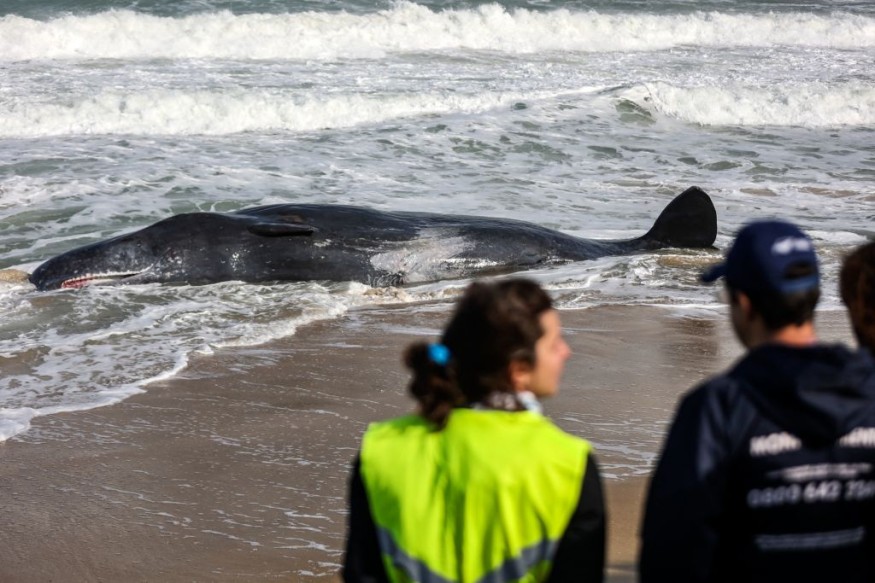Sperm whales organized groups with distinctive culture, similar to human, accordign to a new study. Scientists studying sperm whales at Dalhousie University in Halifax, Canada, Hal Whitehead, used underwater microphones and drone surveys to study the sounds the creatures make and their feeding habits.
He discovered that the animals grouped themselves into groups of up to 20,000. The study suggest that the vocalizations of the various clans were characterized by unique, morse code-like click patterns known as "codas."
Whales' Unique Morse Code

These gave Whitehead and his associates the ability to identify seven of these clans in the Pacific, home to a combined 300,000 sperm whales, by acting like human accents.
He said the clans sometimes cross paths, but they never interbred. Despite being members of the same species, their sense of identity seemed to be almost tribal in nature, acknowledging and preserving their uniqueness.
Sperm whales have the greatest brains in the world. The species have a maximum length of 15 meters, a maximum weight of 45 tons, and the capacity to dive for up to two hours in pursuit of food, primarily squid.
The clans seemed to be "almost entirely female-based," according to Whitehead. Males only paid female brief visits, lasting barely a few hours. Sperm is the "only important transfer" they have. In order to provide "alloparental" care, selected females watched over calves while their moms dove for food.
Human Activities
The study highlighted the differences between people and whales, but it also proposed some interesting parallels. It seems that decisions in sperm whale society are made by consensus rather than through hierarchical leadership. This also shows proof of how whales have been impacted by human activity.
The eighteenth, nineteenth, and twentieth centuries saw a lot of sperm whale hunting.
A total of 700,000 whales lost their lives in hunts conducted by several countries, including Britain, Norway, the Netherlands, Russia, Japan, Canada, and Australia, in the 20th century alone. The majority of American cars' automatic transmissions utilized sperm whale oil until 1971.
Ever since the 1982 ban on the slaughter of great whales, the population has increased. However, the study hypothesized that since sperm whales can live up to 80 years, it's likely that some of them may harbor painful memories of hunts conducted in the 20th century.
Genetic evidence of lower fertility and broken family units was found in groups exposed to "intense modern whaling," Whitehead said. The creatures' actual sizes had also shrunk.
Since 1985, Whitehead has been doing research on sperm whales at sea. He stated he found the phrase "whale nations" to be useful in conveying the size of the various clans.
In order to comprehend the evolution of whales, he turned to human history and prehistory, drawing comparisons between the population of a remote island like Australia and a distinct whale clan living in a restricted region like the Mediterranean.
On the other hand, "culture is the only tenable explanation for the differences between clans" in bigger regions, like the Pacific, where two or more clans share the same environment, such as a nation shared by people who speak different languages.
Since the whale species formed 24 million years ago, the scientist admitted that studying the whales' deeper prehistory may be just as challenging as studying the prehistory of humans. However, Whitehead stated that he thought "an extraordinary amount" may be revealed by "patterns in genetics and linguistics, coupled with measures of environmental change."
Related Article : Sperm Whale Trapped in Fishing Net: A Struggle for Rescuers
© 2025 NatureWorldNews.com All rights reserved. Do not reproduce without permission.





